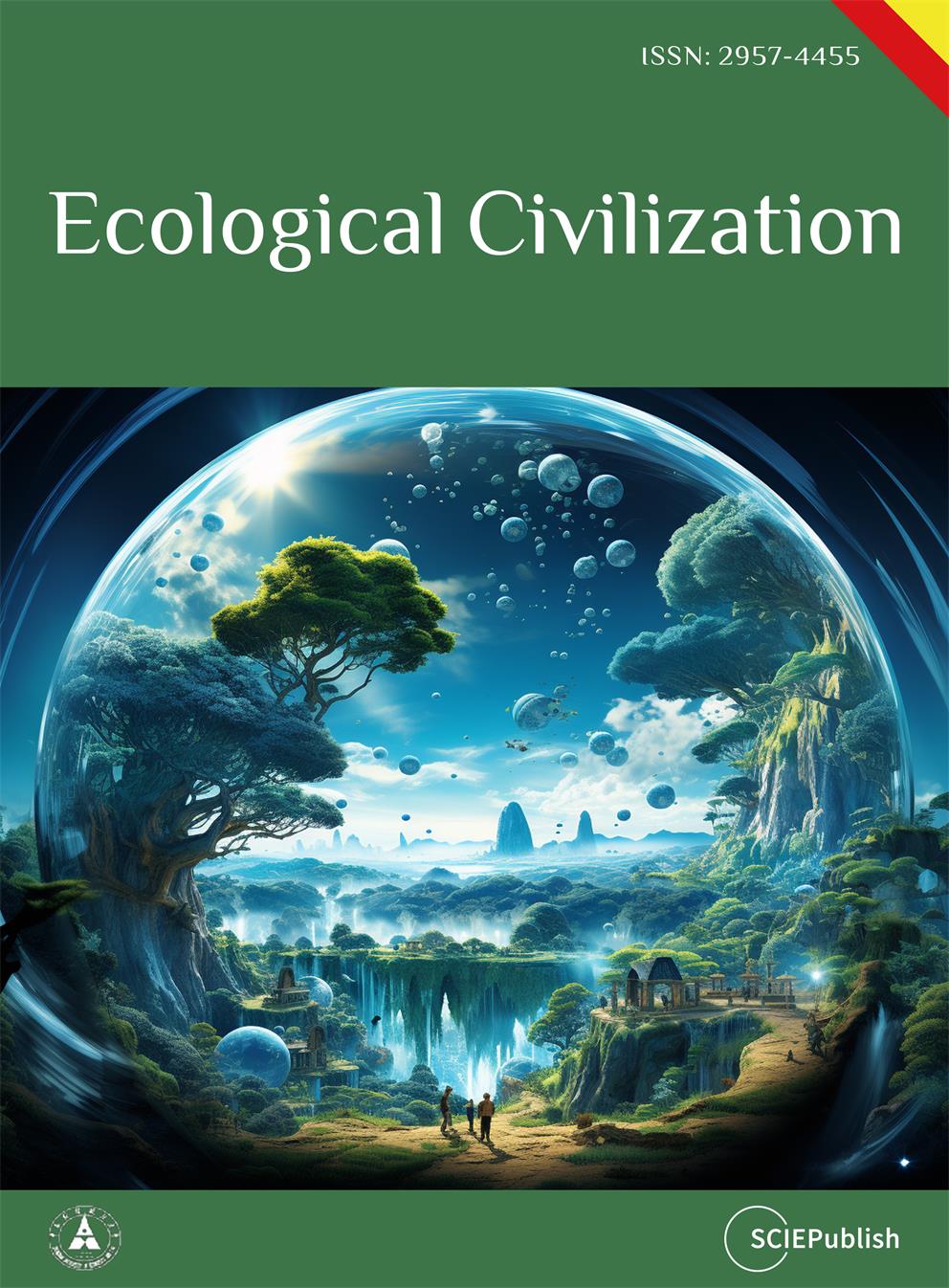Found 2 results
Article
18 December 2024EU Energy Law: Insufficient for the 1.5-Degree Celsius Limit—The Examples of EU Emissions Trading and Hydrogen Policies
This article examines the extent to which the current EU climate protection law fulfils the 1.5-degree limit from Article 2 of the Paris Climate Agreement. To this end, a qualitative governance analysis is applied. On this methodological basis, the main instrument for fossil phasing-out—the emissions trading scheme—and the promotion of hydrogen are discussed as examples. The results show that the EU must further intensify its efforts on its territory and cooperate with other countries since the reformed ETS 1 and ETS 2, the SCF and the CBAM are not sufficiently effective to stay within the 1.5-degree limit of the Paris Agreement. This is also the case with regard to hydrogen policies. The primary focus of energy law on the ETS is therefore fundamentally convincing; however, it should be implemented more consistently, for example, in terms of the breadth of the approach, closing loopholes and the level of ambition.

Article
01 September 2023The Priority of Nature-based over Engineered Negative Emission Technologies: Locating BECCS and DACCS within the Hierarchy of International Climate Law
Drastically reducing emissions is essential to achieve the Paris Agreement’s (PA) goal of keeping global temperature well below 2 °C, ideally at 1.5 °C. With regard to residual emissions, however, a demand for negative emission technologies (NETs), also known as carbon dioxide removal (CDR), remains. NETs are particularly necessary to reach net-zero goals by offsetting emissions in hard-to-abate sectors. This article examines the distinction between “engineered” and “nature-based” removals from the perspective of international climate change law. To that end, the relevant legal norms in the United Nations Framework Convention on Climate Change (UNFCCC), the Kyoto Protocol (KP), and the PA are interpreted—with a particular emphasis on two engineered removals: bioenergy with carbon capture and storage (BECCS) and direct air carbon capture and storage (DACCS). We posit that the three treaties establish a normative hierarchy that is more favorable towards so-called nature-based removals and less favorable to engineered removals (and even more favorable towards emission reductions).
